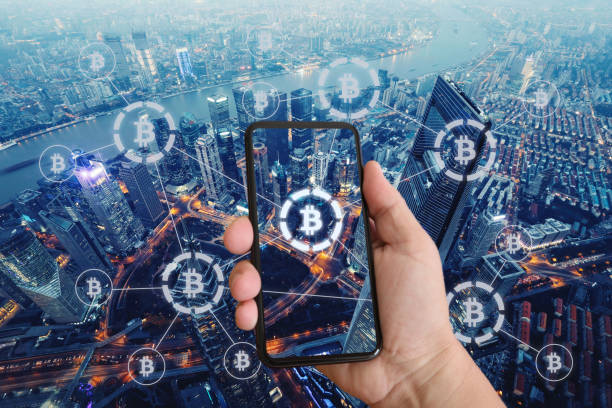Unraveling what Crypto Micropayment is, how it works, and what the benefits are is pretty interesting.
When we buy or sell things, we usually make payments with a bank or credit card company. So, we have to trust these companies to protect our sensitive data from hackers.
To solve these problems, we could use a special currency that is secure and based on the science of cryptography, i.e. encryption.
Cryptocurrency is a digital currency or, you can say, a virtual currency that works as an arbitrate of exchange in which people use encryption methods to regulate and verify the transfer.
A micropayment is an e-commerce/financial transaction of a minimal amount.
So, crypto micropayment is a small financial transaction done via an encrypted medium that can be done using crypto-currency.
All Crypto-currencies make use of ‘distributed ledger technology’ known as a blockchain. (See also: Blockchain Technology Stats and Facts?)
Blockchain technology, at some point, will transform how we consume, deliver, and pay for media content, from news and scholarly papers to music and entertainment.
This transformation will guide and perhaps even resolve—some of the most critical pain points in the media industry.
Future of blockchain:
The future applications of blockchain are endless, from peer-to-peer banking, greater financial transparency within organizations, and cybersecurity to tracking supply chains or giving people greater control over their digital identities.
How do you process and verify blockchain transactions?
Overall the sequence of steps is as follows;
- Somebody Requests a Transaction.
- The transaction is broadcast to all peer-to-peer computers in the specific blockchain network.
- Every computer in the network confirms/checks the transaction against some authentication rules that are set by the creators of the particular blockchain network.
- It stores authorized transactions in a block and seals it with a lock (hash).
- This block becomes part of the existing blockchain when other computers in the network authenticate if the hash (lock) on the block is correct.
- Now, this transaction is part of the blockchain and no one can alter it in any way.
In the future, no matter where you turn, this technology will be everywhere as it has limitless potential.
Recommended For You:
Will Blockchain Empower Artificial Intelligence
Is Blockchain Technology a Blessing in Disguise for Education?

